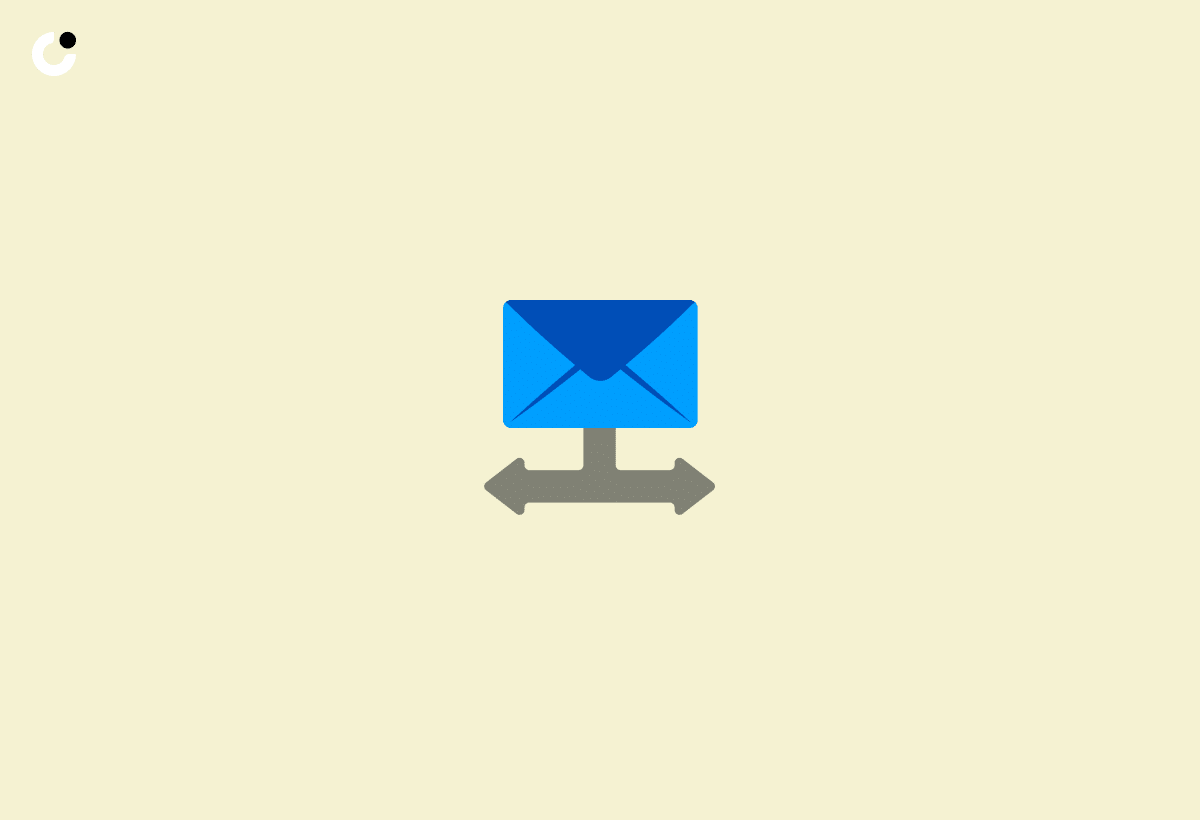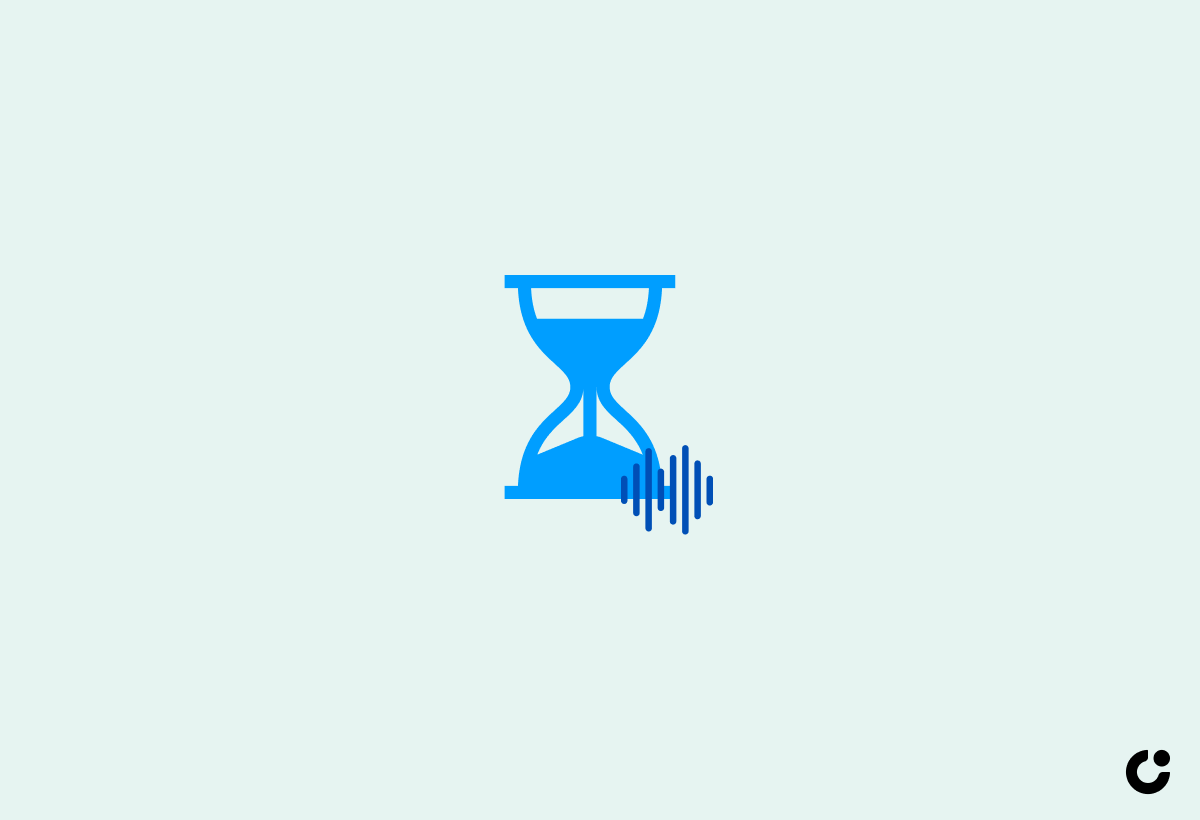Are your insurance sales emails failing to generate the desired results? Fear not, as this blog post will guide you through the essential elements of crafting highly effective insurance cold email strategies for insurance sales that capture the attention of your recipients and boost your response rates. Get ready to master the art of crafting engaging subject lines, powerful opening lines, and emphasizing your value proposition, all while building rapport through personalization and overcoming objections.
Key Takeaways
- Craft an engaging subject line and personalized, attention-grabbing opening line to capture the recipient’s interest.
- Highlight your value proposition and understand their needs for personalization that builds trust.
- Tailor messages with solutions to address prospect concerns & track performance data for optimization.
Crafting the Perfect Cold Email for Insurance Sales

As an insurance agent, achieving proficiency in cold emailing is key to generating new business and nurturing existing relationships. The most critical component of any cold email template, including a cold sales email template, is the subject line, as it serves as the recipient’s initial impression of the email and can decide whether or not they open it.
Creating a compelling subject line, an opening line that grabs attention, and emphasizing your value proposition are all key strategies for creating insurance sales emails that resonate with your target audience. We will dig deeper into each of these elements.
Crafting an Engaging Subject Line

The subject line is your first opportunity to capture the attention of your recipient and entice them to open your email. To craft an engaging subject line that stands out in a crowded inbox, avoid using words that may trigger spam filters, such as:
- “free”
- “$”
- “limited time offer”
- other phrases related to money.
Instead, consider incorporating the recipient’s name or relevant keywords to improve the likelihood of success. Remember, an engaging subject line can significantly increase your open rates and ultimately lead to more conversions.
The Art of the Opening Line

Once you’ve captured your recipient’s attention with an engaging subject line, the opening line of your email is critical to keeping them hooked and encouraging them to continue reading. Personalize the opening line with the recipient’s name and something compelling to capture their attention. For instance, you could mention an accomplishment of the recipient’s company or a recent industry trend.
Also, introduce yourself by including your name, company name, and a brief description of the insurance services you offer. Remember, a captivating opening line sets the stage for the rest of your email.
Highlighting Your Value Proposition

To demonstrate how your insurance services can benefit the prospect, emphasize your value proposition in the email. Showcase the comprehensive coverage options and adjustable, pay-as-you-go plans provided by your company. By using insurance email templates, you can effectively express gratitude to your valued policyholders for their trust and assure them that renewing their insurance policies will ensure continuous protection and advantages without any disruption, catering to their insurance needs.
By highlighting the benefits of your health insurance services, you can effectively persuade potential customers to consider your offerings and boost your conversions with the help of insurance agents.
Building Rapport Through Personalization

Establishing rapport with prospects is vital for building trust and encouraging enduring relationships. Personalization is key to achieving this, as it shows that you understand the recipient’s needs and allows you to tailor your message to suit them.
We will look at the significance of understanding the recipient’s needs, customizing the message to address their challenges, and incorporating the prospect’s company name to form a personalized connection.
Understanding the Recipient's Needs

Understanding the recipient’s needs is the foundation of personalizing your cold email outreach. By identifying their unique insurance requirements, you can customize your offerings to suit their individual needs. This not only helps build trust and rapport with the recipient, but also increases the chances of a successful sale.
Furthermore, understanding the recipient’s needs allows you to identify any gaps in their current coverage and offer additional products or services that may be beneficial to them.
Tailoring the Message

To effectively address the prospect’s pain points and demonstrate your understanding of their situation, it’s important to tailor your message accordingly. Here are some tips to personalize your email and create a compelling argument for the prospect to consider your services:
- Include specific details about the recipient’s needs or issues.
- Demonstrate how your insurance product or service can address those needs.
- Emphasize the benefits and value your solution can provide.
By following these tips, you can effectively communicate with your prospects and increase your chances of converting them into customers.
Remember, a tailored message resonates better with the recipient and is more likely to result in a positive response.
Using the Prospect's Company Name

Incorporating the prospect’s company name into your email can create a sense of familiarity and trust. This demonstrates that you’ve taken the time to research the prospect and their business, which can generate a feeling of reciprocity and increase the chances of a positive connection.
By using the prospect’s company name, you can enhance the personalization of your cold email and improve the likelihood of converting them into a customer.
The Structure of Successful Insurance Cold Emails

A well-organized cold email is key to effectively presenting your insurance services and persuading prospects to take action. We will examine the structure of effective insurance cold emails, with a focus on setting the scene with an engaging introduction, stating the offer through a convincing body, and ending with a clear call to action.
Introduction: Setting the Stage

The introduction of your cold email should aim to establish rapport and provide context for the email. This can be achieved by developing a dialogue, expressing interest in the prospect’s business, and employing the law of reciprocity to create a positive impression.
Additionally, providing a brief overview of your insurance coverage and how your services can address the recipient’s needs is essential for setting the stage and motivating the prospect to continue reading.
Body: Presenting the Offer

The body of your cold email should present the offer by highlighting the benefits of your insurance services and addressing potential objections that the prospect may have. This can include emphasizing the comprehensive coverage options, adjustable plans, and competitive pricing of your insurance products.
Additionally, providing testimonials or case studies that demonstrate how your insurance solutions have addressed similar pain points for other clients can help to bolster your claims and overcome objections.
Conclusion: Call to Action
The conclusion of your cold email should provide a clear call to action (CTA), encouraging the prospect to take the next step. This can include scheduling a call, requesting a quote, or directing them to your website for more information. Ensure your CTA is persuasive and highlights the value they will obtain by taking action.
Remember, an effective call to action motivates the prospect to progress further and ultimately convert into a customer.
Overcoming Objections in Cold Email Outreach

As a sales representative, objections from prospects during your cold email outreach are to be expected. We will examine how to handle objections in cold email outreach through anticipating potential challenges, offering concrete data, and proposing solutions to address prospect concerns.
Anticipating Potential Hurdles

Anticipating potential hurdles in your cold email outreach is crucial for effectively addressing objections and increasing the chances of a successful sale. Consider common objections such as:
- price
- coverage
- trust
- need
Proactively address these concerns in your email.
By demonstrating an understanding of the prospect’s issues and offering tailored solutions, you can effectively overcome objections and build trust with the recipient.
Providing Concrete Data

Providing concrete data in your cold email outreach can help bolster your claims and demonstrate the value of your insurance services. This can include statistics, case studies, or customer testimonials that showcase the effectiveness of your insurance products.
By incorporating concrete data into your email, you can effectively address objections and persuade prospects to consider your services.
Offering Solutions

Offering solutions to address prospect concerns is essential for demonstrating your commitment to their success and overcoming objections. This can include tailoring your insurance products to meet their specific needs, providing flexible payment options, or offering additional support and resources.
By presenting solutions that directly address the prospect’s pain points, you can effectively overcome objections and convince them to take action.
Timing and Frequency: When to Send Cold Emails

The timing and frequency of your cold email outreach can greatly influence its success. We will look at the significance of determining the optimal time to send messages, establishing the right follow-up cadence, and adjusting your outreach strategy based on prospect engagement.
Identifying the Best Time to Send Messages
The best time to send messages can vary depending on your target audience and industry, but research indicates that Tuesday, Wednesday, and Thursday are generally the most advantageous days for sending cold emails for insurance sales. Furthermore, studies suggest that the most effective times to send cold emails are generally between 8 am and 12 pm in the recipient’s time zone.
By sending your emails at the optimal time, you can maximize open and response rates, increasing the overall effectiveness of your cold email outreach.
Determining Follow-Up Cadence
Determining the appropriate follow-up cadence is crucial for maintaining engagement with prospects without overwhelming them. A general rule is to follow up no more than six times, but the ideal cadence may vary depending on the individual prospect and your industry.
Monitoring and analyzing the effectiveness of your follow-up cadence will help you make any necessary adjustments to optimize your outreach efforts.
Adapting to Prospect Engagement
Adapting your outreach strategy based on prospect engagement can help ensure the continued effectiveness of your cold email campaigns. By tracking key metrics such as open rates, click-through rates, and response rates, you can identify patterns and trends that can inform your future outreach efforts.
Additionally, regularly reviewing and adjusting your strategy based on engagement data can help you continuously optimize your cold email campaigns, ultimately leading to better results.
Tools and Techniques for Efficient Cold Emailing
A range of tools and techniques can be used to streamline your cold email outreach efforts and maintain consistency. We will examine CRM integration, A/B testing of sales emails, and automation for uniformity in your email campaigns.
CRM Integration
Integrating a Customer Relationship Management (CRM) system with your cold email outreach tool can help streamline your sales communication and consolidate prospect data in one location. This facilitates segmentation of prospects, delivering personalized content, and preventing missed opportunities.
CRM systems such as Pipedrive, Zoho CRM, and HubSpot CRM Suite are popular choices for cold emailing in insurance sales, especially when targeting cold insurance leads.
A/B Testing Your Sales Emails
A/B testing your sales emails can help you identify the most effective subject lines, messaging, and calls to action for your target audience. By testing different variations of your email and comparing their performance, you can make data-driven decisions to optimize your email campaigns and improve their overall effectiveness.
Popular tools for A/B testing include Mailtrack, Snov.io, and Woodpecker.
Automation for Consistency
Automation can help ensure consistency in your outreach efforts by automating the process of sending emails and maintaining a consistent tone and style. Tools such as MailX.ai or Hunter Campaigns can help you create personalized email templates and send them to a larger audience, increasing leads and enhancing response rates.
Adhering to the best practices outlined in guides on insurance email marketing will ensure effective personalization on a larger scale.
Measuring the Success of Cold Email Campaigns
Assessing the success of your cold email campaigns is necessary for evaluating their performance and generating a better return on investment. We will look at tracking open and click-through rates, analyzing conversion rates, and adjusting strategies based on performance data.
Tracking Open and Click-Through Rates
Tracking open and click-through rates is crucial for assessing the effectiveness of your cold email campaigns. By monitoring these metrics, you can gain valuable insights into which aspects of your campaign resonate with your target audience and identify areas for improvement.
Tools such as Mailtrack and Snov.io can help you track open and click-through rates for your cold email campaigns.
Analyzing Conversion Rates
Analyzing conversion rates can help you determine the success of your outreach efforts and identify areas for improvement. By monitoring the percentage of recipients who take the desired action after receiving your email, you can make data-driven decisions to enhance the effectiveness of your campaign. This may involve adjusting your messaging, targeting, or email design to better resonate with your audience and increase conversions.
Adjusting Strategies Based on Performance
Adjusting your strategies based on performance data can help you continuously optimize your cold email campaigns for better results. By analyzing key metrics such as open rates, click-through rates, and conversion rates, you can identify patterns and trends that can inform your future outreach efforts.
Additionally, regularly reviewing and adjusting your strategy based on engagement data can help you continuously improve the effectiveness of your cold email campaigns.
Case Studies: Effective Cold Email Templates in Action
We will highlight two real-life examples of successful cold email campaigns, focusing on generating leads with a targeted approach and reviving cold leads with a personal touch. These case studies demonstrate the effectiveness of well-crafted, personalized cold emails in generating interest and converting prospects.
Generating Leads with a Targeted Approach
A well-crafted, personalized cold email can effectively generate interest and convert prospects into clients. By incorporating a targeted approach, understanding the prospect’s pain points, and offering tailored solutions, you can effectively engage and influence your audience.
Remember, the key to a successful cold email campaign lies in creating a compelling message that resonates with your target audience and encourages them to take action.
Reviving Cold Leads with a Personal Touch
For prospects who have gone cold, personalization and storytelling can be effective tools in re-engaging and convincing them to reconsider your services. By using a personalized approach and sharing relatable stories, you can create an emotional connection with the prospect and demonstrate your commitment to their success.
Reviving cold leads with a personal touch can help you rekindle interest and ultimately convert them into customers.
Summary
In conclusion, mastering the art of cold emailing for insurance sales is essential for generating new business and nurturing existing relationships. By crafting engaging subject lines, powerful opening lines, and emphasizing your value proposition, you can effectively capture the attention of your recipients and boost your response rates. Additionally, building rapport through personalization, overcoming objections, and using the right tools and techniques can help you optimize your cold email campaigns and achieve better results. So, leverage the strategies discussed in this blog post and watch your insurance sales grow.
Frequently Asked Questions
What are the most important elements of a successful cold email for insurance sales?
An engaging subject line, a powerful opening line, and a clear articulation of your value proposition are essential to ensure success when sending cold emails for insurance sales.
How can personalization help build rapport with prospects?
Personalization demonstrates understanding of the recipient's needs and allows for tailored messages, helping to build rapport with prospects.
What is the best time to send cold emails for insurance sales?
For maximum engagement, sending cold emails for insurance sales on Tuesdays, Wednesdays, and Thursdays between 8am and 12pm in the recipient's time zone is the best practice.
How can CRM integration help streamline the cold emailing process?
CRM integration can help streamline the cold emailing process by allowing for tracking and managing email outreach activities within the CRM and consolidating prospect data in one location.
How can A/B testing improve the effectiveness of cold email campaigns?
A/B testing can help identify the best subject lines, messaging, and calls to action for target audiences, enabling data-driven decisions to optimize cold email campaigns and maximize their effectiveness.

